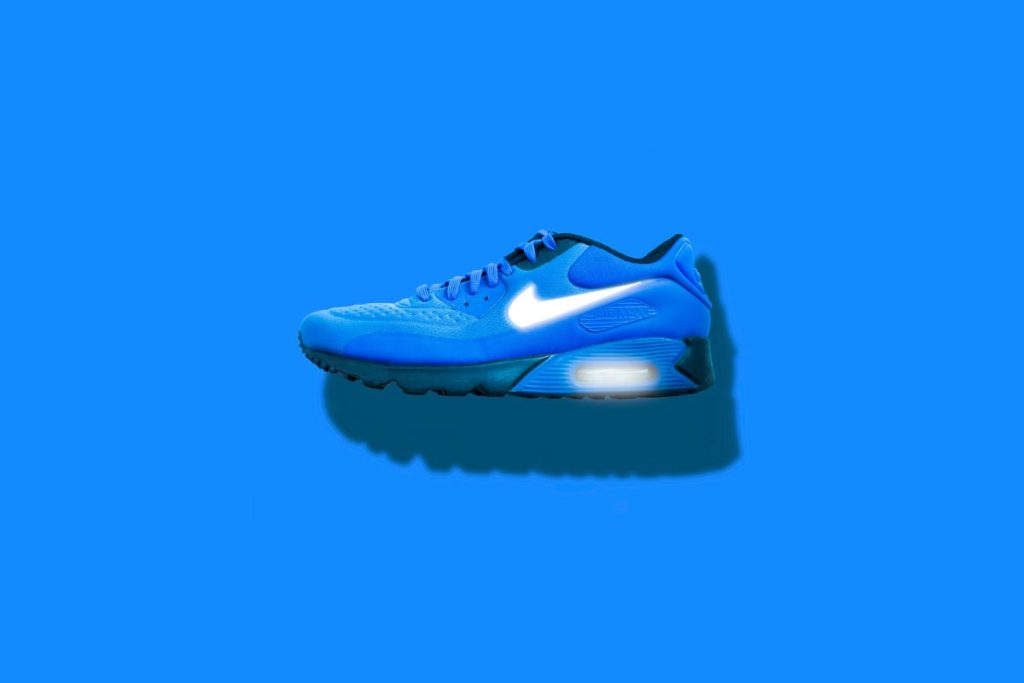A week after Nike’s Q3 earnings, the headlines have quieted — but the implications for global procurement are only just taking shape. With margin erosion, tariff exposure, and regional instability converging, the company’s results offer a sobering read on where large-scale sourcing strategies may be headed next.
Margin Pressure and Inventory Reset Reflect Deeper Strategic Realignment
Nike’s Q3 report, released last Thursday, showed a 32% year-on-year fall in net income to $800 million, and a 9% drop in revenue. While the results came in above analyst expectations, they underscored a company under operational pressure — especially in the procurement domain.
Gross margin fell by 330 basis points to 41.5%, largely due to inventory clearing actions and a less favorable product mix. Nike is moving fast to cycle out older inventory and bring new designs to market. While the spotlight has been on marketing and brand storytelling, procurement’s role in enabling this pivot — from product lifecycle speed to supply flexibility — is central.
“We believe that the fourth quarter will reflect the largest impact from our actions,” said CFO Matthew Friend, “and that the headwinds to revenue and gross margin will begin to moderate from there.”
In procurement terms, this marks a shift away from traditional, slower sourcing cycles. Nike’s response suggests that the ability to move product more fluidly — from supplier to shelf — is becoming core to commercial resilience.
Geopolitical Risk and Tariff Exposure Bring Sourcing Models Into Focus
The longer-term concern lies in Nike’s forward guidance: a warning of a mid-teen percentage decline in Q4, driven in part by renewed U.S. tariffs on Chinese imports. With sales in China already down 17% and EMEA off by 10%, regional volatility is now directly intersecting with sourcing risk.
A week on, the real takeaway for procurement leaders isn’t just the numbers — it’s the growing fragility of once-stable global networks. The levers of cost, volume, and lead time are no longer isolated from policy decisions, consumer shifts, and brand strategy. Nike’s geographic exposure, particularly in Asia, is now a visible pressure point.
A Moment of Reckoning for Global Procurement Strategy
Nike’s results mark more than a tough quarter — they signal a deeper shift in how sourcing affects performance at the top level. Procurement is no longer a backstage function. Decisions about supplier location, contract flexibility, and responsiveness are playing out in earnings reports and investor guidance.
Nike’s efforts to realign its product pipeline and protect margins reveal the shrinking buffer between procurement and brand performance. The regional divergence in sales also highlights the limits of over-concentration — what worked at scale five years ago now exposes risk. As sourcing becomes more interdependent with brand positioning, pricing power, and speed-to-market, the traditional procurement model is being quietly dismantled.
This isn’t a short-term reaction. It’s an operational pivot that others will almost certainly follow.







